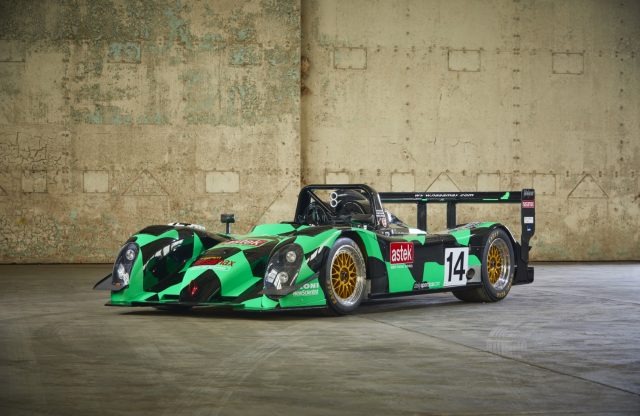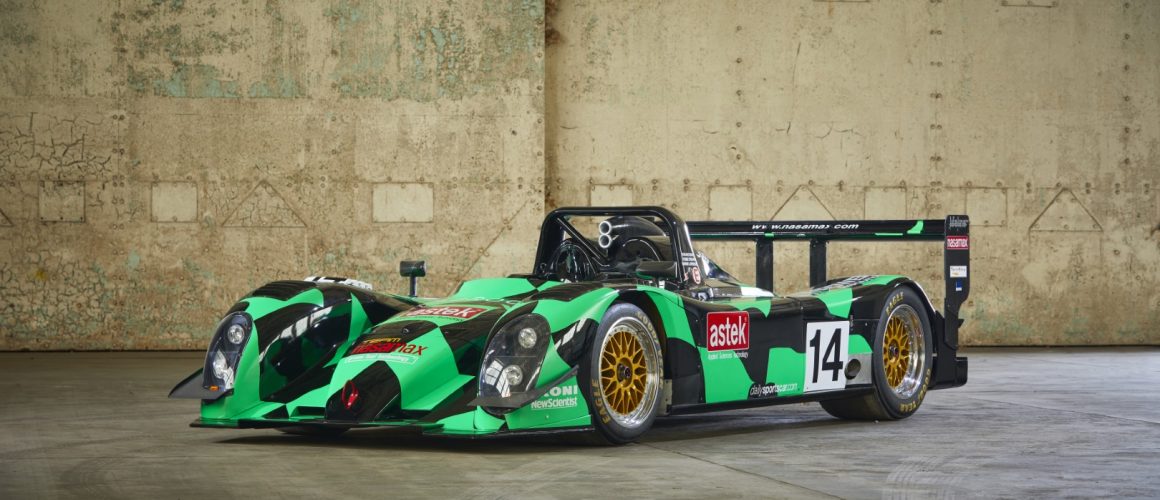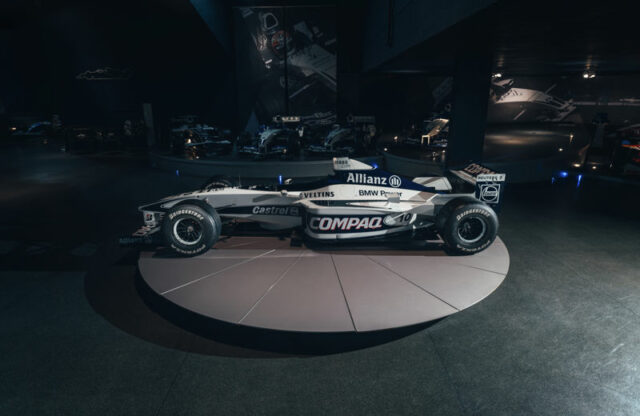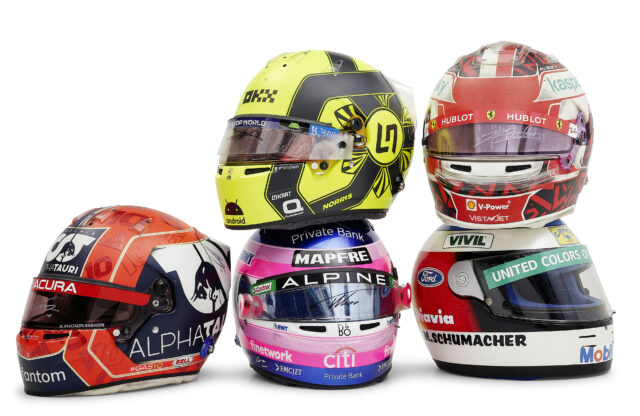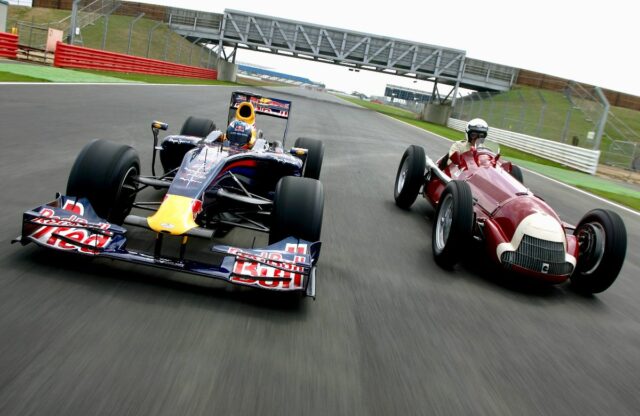WORDS: DAVID LILLYWHITE | PHOTOGRAPHY: MATT HOWELL
We’ve now had hybrids and [cough] diesels at Le Mans, but it wasn’t Audi, Toyota or Porsche that started the green movement in endurance racing. It was Team Nasamax, a small outfit headed by fuel scientist John McNeil and racing driver Robbie Stirling, and the car was the DM139, heavily adapted from the Reynard 01Q for LMP1. Now, it’s back on the scene, with an updated version planned, too.
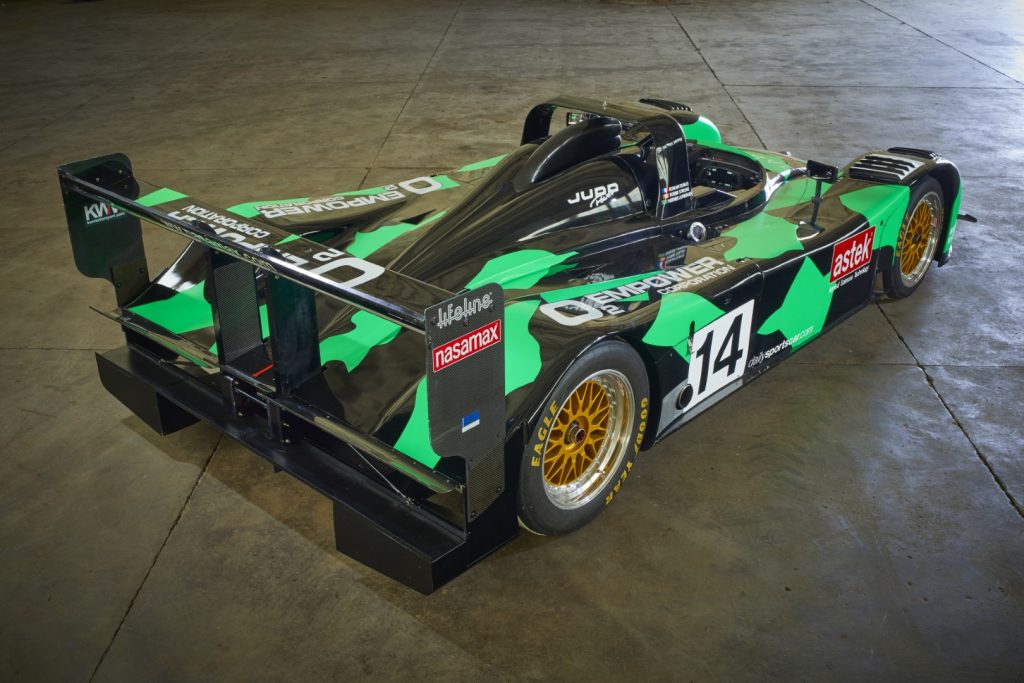
The Nasamax was designed to run on bio-enthanol fuel, which can be produced from any fermentable vegetable matter; for the 2004 Le Mans 24 Hours, the fuel was distilled from sugar beet and potatoes grown in northern France. At its debut in the Monza 1000km in May 2004, the Nasamax finished a remarkable eighth, and at Le Mans the following month it was the fastest car in a straight line, clocking over 200mph. It reached 11th position before gearshift problems, punctures and a misfire (not caused by the fuel) dropped it to 47th for a while, before it climbed back to finish in 17th place.
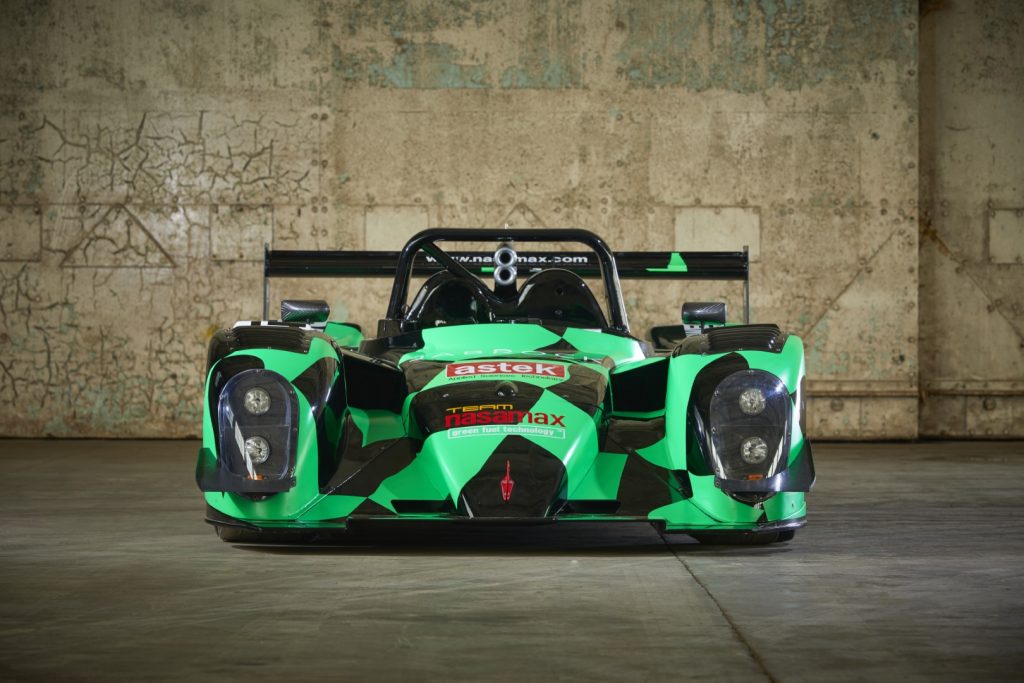
That made it the first-ever car to complete Le Mans using a wholly renewable fuel source. And yet it had been built on a tiny budget, adapted to suit the then-new aerodynamics regulations and hamstrung by the 40kg of extra fuel it was allowed to carry to compensate for the reduced thermal efficiency of bio-ethanol compared with high-octane race fuel.
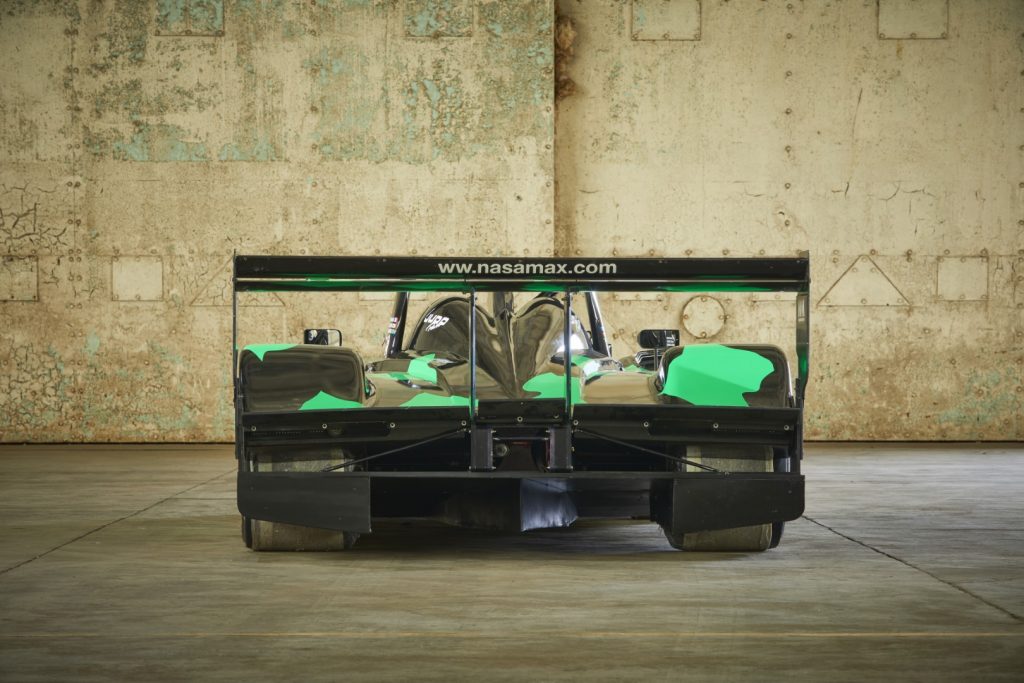
There was another disadvantage to the fuel, too; it emitted strong-smelling fumes. Johnny Herbert, in the Audi R8 that finished second that year, recalls having to get by the Nasamax quickly because of the fumes. Stirling, who owned the Nasamax, laughs:
“They worked really hard to get by you, then you went past them [on the straight] – gassing them at the same time. I remember passing everything, it was the fastest on the straight; 330km/h on Hunaudieres and I’m sure I saw 346km/h at one point.”
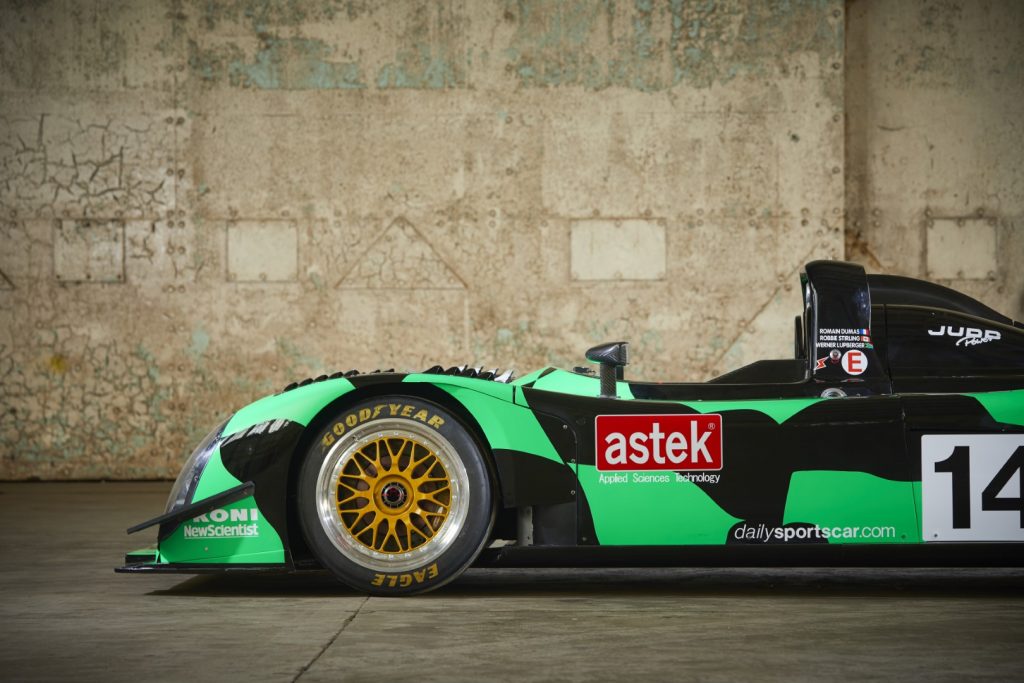
The car was ungainly in corners, though, due to that extra weight. “At the Monza start I was first away,” says Stirling. “I got to the curve and went straight over the kerb. I just had nowhere to go.”
“The 120-litre fuel tank was a big problem,” confirms John Judd, who supplied the adapted Nasamax DM139’s 5-litre Judd V10 Series 1.

After a freak accident in the 2004 Spa 1000km when driver Romain Dumas snagged his racing boot on an over-long bolt in the cockpit, preventing him from lifting off the accelerator, the Nasamax was retired. It was later mothballed when FIA regulations left it without a series to race in. But then, in 2017, the Masters Historic Racing series reviewed its regulations to allow a wider range of cars to enter – and the Nasamax once again had a home.
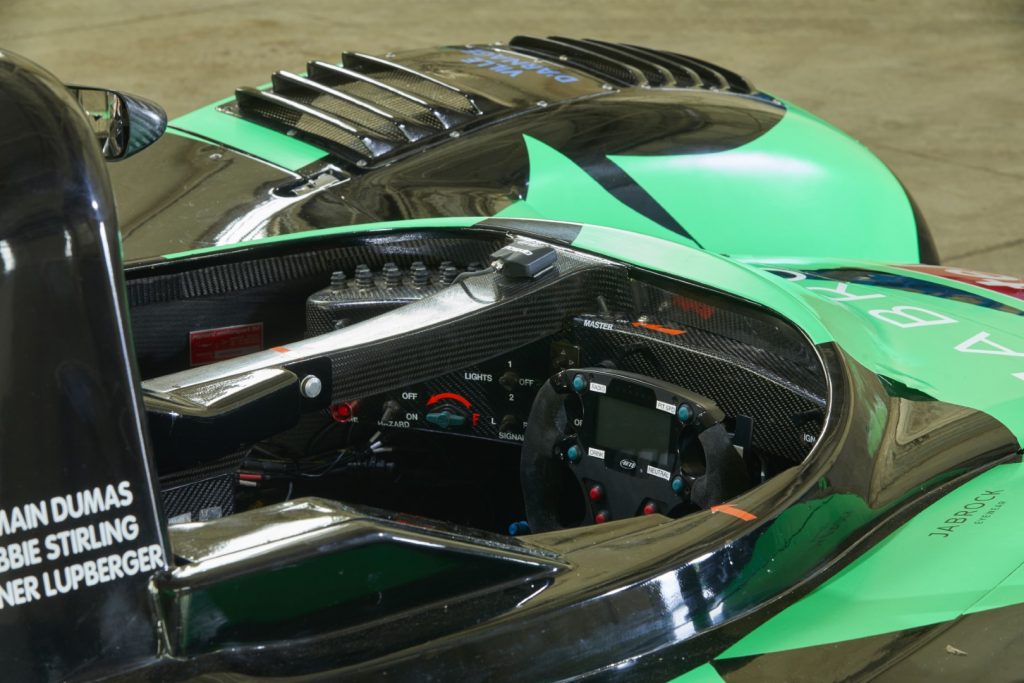
Some changes were needed, not least updating the engine to the 5.5-litre Judd V10 Series 2. The work was carried out by KW Special Projects, led by Kieron Salter – the former Reynard designer and engineer who had worked on the Nasamax in the early 2000s…
“Nasamax really was a bootstring project,” says Kieron. “But it was way ahead of its time and got a lot of press at that time.”
Silverstone-based Sarthe Cars has since looked at replicating and evolving the Nasamax design in conjunction with KW Special Projects to produce further cars.
